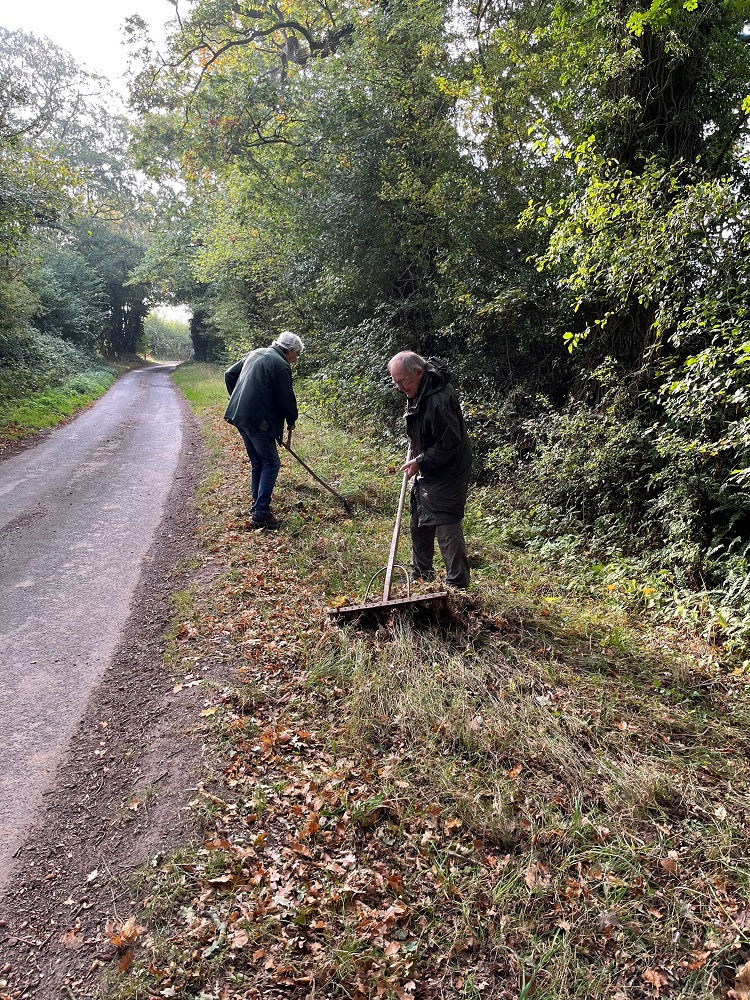Felbeck Trust and Greshams work together in Sustead
- Jane Williams
- Oct 6
- 2 min read
Thirteen willing Felbeck Trust volunteers gathered at the Sustead sites this bright morning to carry out a range of woodland management tasks. We were also awaiting the arrival of seven Year Twelve Gresham’s School students with two members of staff. It is always lovely to have young people coming to experience conservation work, often for the first time, and to know that seeds may have been planted for their interest in years to come. You never know what future impact this sort of ‘hands on’ experience may have for young people who are, after all, our future.

The students were instructed in the art of coppicing and dry hedging, ably assisted by our experienced volunteers, Nick, Sean and Valerie. Along with their two teachers, Lenny and Louise, the team from Gresham’s were very enthusiastic, hard working and did a great job. With our guidance they were able to identify the best timber for stakes, binders and brash, and built several metres of solid dry hedging. We were also able to explain and demonstrate some basic hedge laying techniques. It was pleasing to hear their comments at the end of the day, eg “that was the best field day ever”. A very rewarding day.

David H, our resident water ecologist, was on hand to take them through the second part of the morning in his area of expertise. Taking samples from the Gur Beck, he guided them towards invertebrate identification and led them to find out about what they eat, how they live/move, do they need rocks to live on or fine sediment to burrow under? Lastly, he talked about the Citizen Science scheme called Riverfly which uses a simple method to identify eight common types of stream invertebrates and thus assess stream quality. People can be equipped to do this with a day’s training and he is hoping to set this up in the Bure catchment.
For the regular volunteers, our focus was solely on the Roadside Nature Reserve, scything, raking, lopping, clipping and trimming- not to leave the area neatly manicured, but to scythe the grass and remove the clippings to allow other less vigorous seedlings to flourish.


We were amazed by the sheer number of sloes. They were really in abundance. In addition, we raked up huge numbers of acorns. The Woodland Trust explains that every few years, some species of trees and shrubs produce a bumper crop of fruits or nuts. The collective term for these fruits and nuts is a ‘mast’. 2025 has been designated a ‘mast year’. The weather may also have a part to play: warm, dry spring conditions, just as we saw this year, are perfect for pollination of oak flowers, producing more acorns.
We all felt it was a very worthwhile morning. A great way to spend time outdoors in the fresh air with measureable impact on wildlife.
Elizabeth Shadbolt
October 2nd 2025































Comments